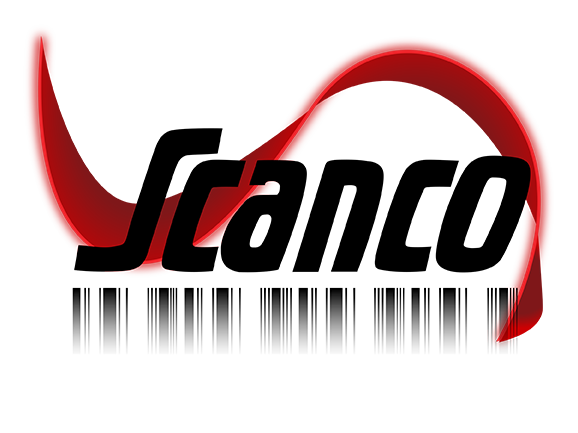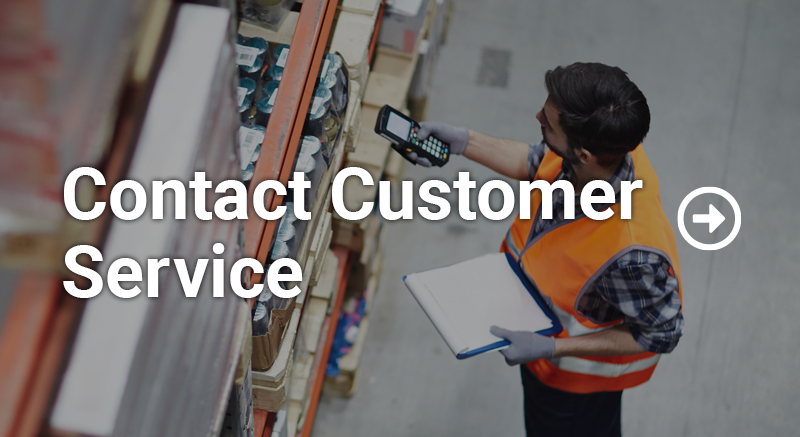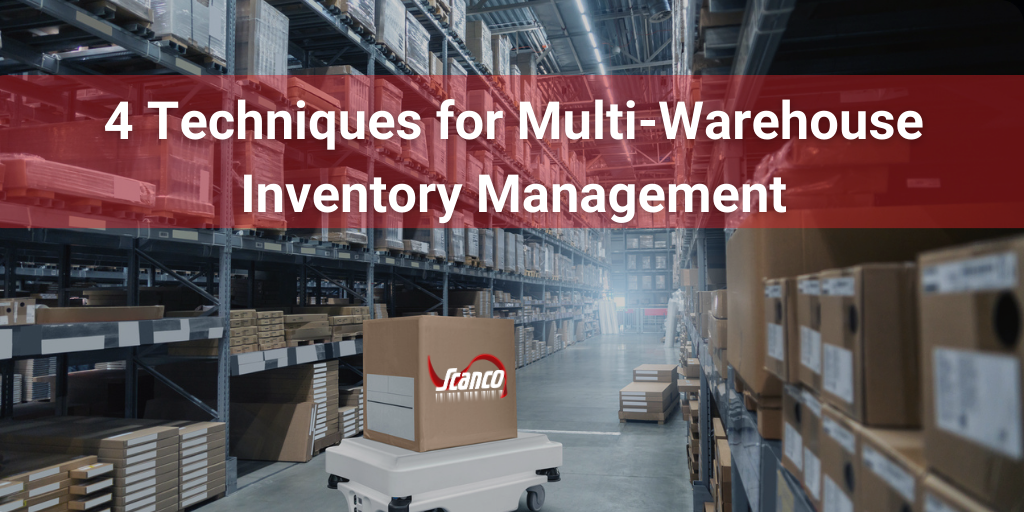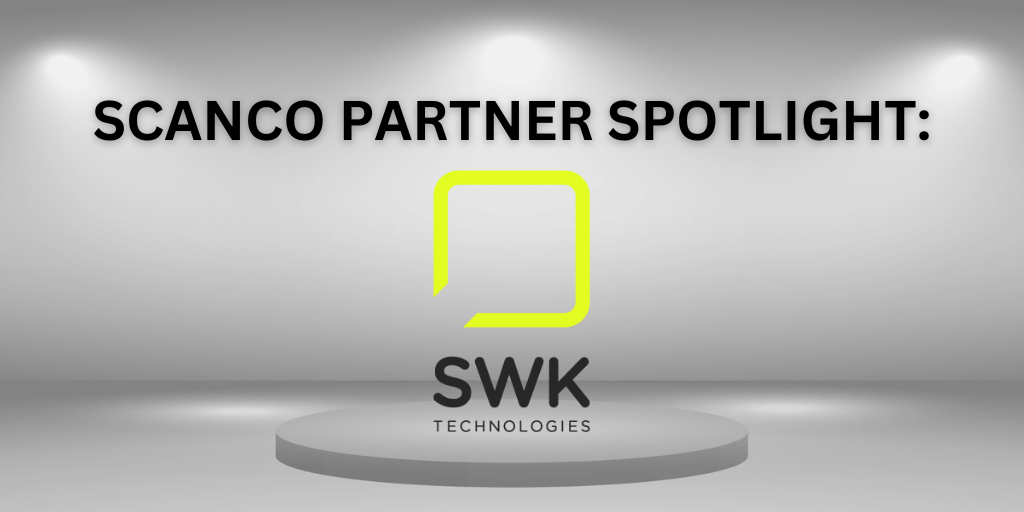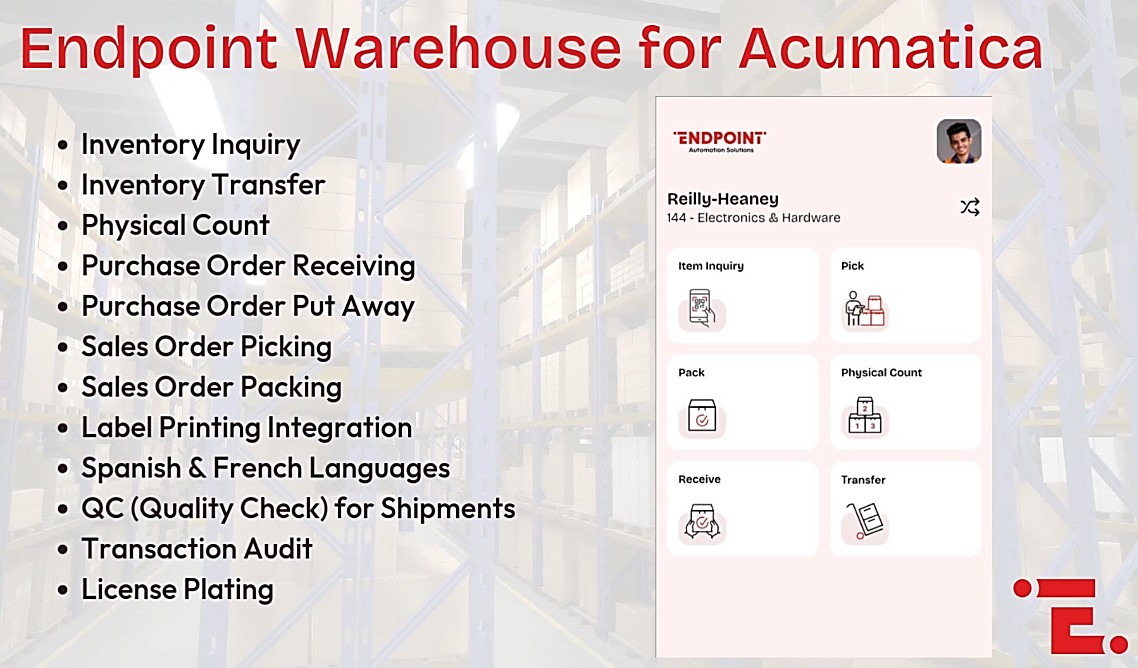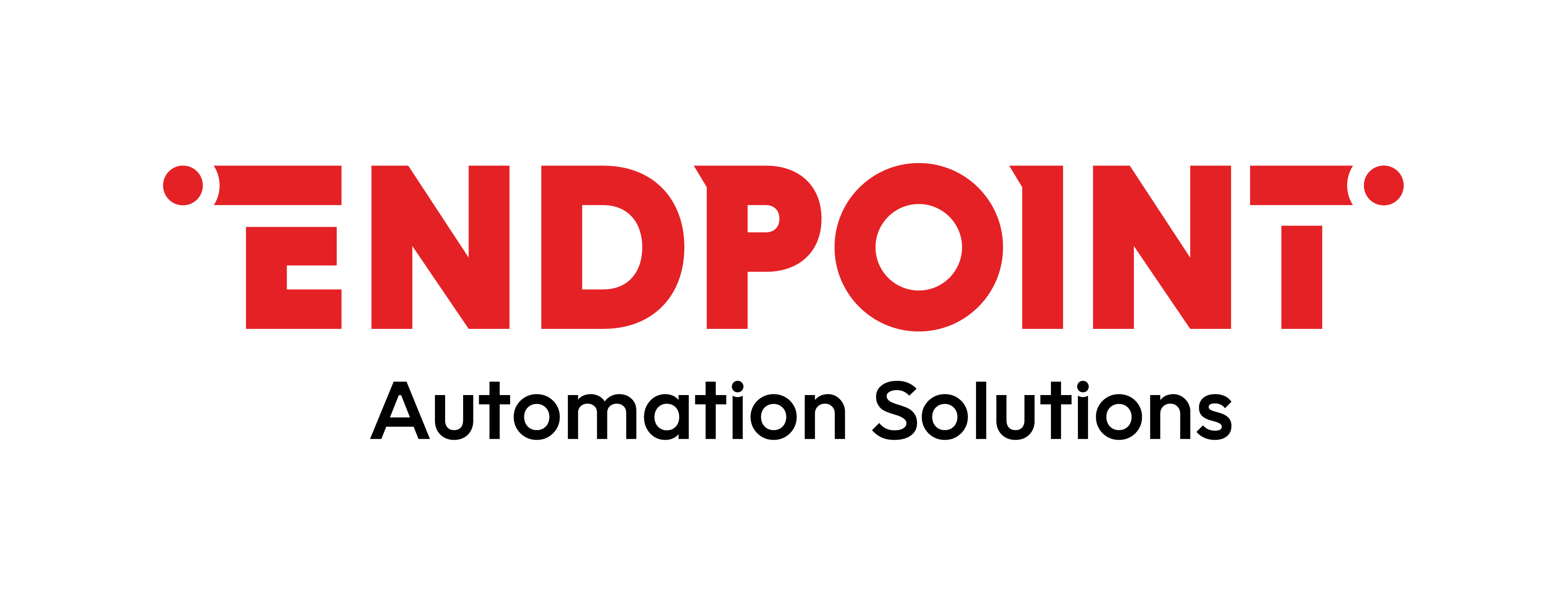March 5th 2025 10:26:27 AM
Asset Tracking Crucial for Companies of Any Size
September 5th 2023 18:41:53 PM
Companies need an asset tracking system with the capability to track their fixed assets and inventory. Managing an organization of any size’s equipment starts with setting up an effective asset tracking system.
Many businesses face challenges when attempting to accurately track their assets’ location. Companies also need to keep accurate records of fixed assets’ conditions and maintenance records. Exact records must be kept of equipment depreciation for income tax purposes.
Fixed asset tracking can be challenging, depending on the number of assets the company owns and whether the assets are mobile. Data on the assets’ location, their condition, and who is using them changes over time. The data also changes as equipment moves from one department (or user) to another.
How Asset Tracking Works
Traditionally, asset tracking was performed manually. Team members would use spreadsheets or handwritten ledgers to keep records. These methods are slow and subject to human error. It’s also difficult to keep them up to date.
Tracking assets may fall off the company radar as a priority. The business runs the risk of losing track of all its equipment and missing necessary maintenance requirements. Equipment may have to be replaced sooner than it would have if an efficient tracking system was available.
Tracking assets involves multiple departments in the company. Team members working in accounting, facilities, operations, purchasing, and support may need to access data about company assets to make decisions on the company’s behalf.
Information Silos Common. Before fixed assets systems were developed, many companies operated with information silos. The systems in different company departments didn’t generally communicate with each other. Instead, information flowed from managers to employees and back within the department. Team members trained on one system weren’t familiar with ones used by other departments.
Using multiple tools to perform the same work with different information only leads to higher costs. The current methodology is to use a central tracking tool to manage assets for the entire company.
Benefits of Asset Tracking
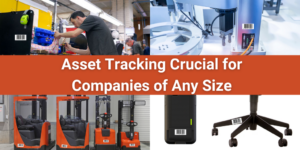
Why take the time to track fixed assets? Here are a few reasons:
- Asset Information Readily Available
When all data regarding company assets is entered into the company’s computer system, it is accessible at the office or on a mobile device. Company assets can be managed with ease.
- Productivity Increases
Tracking assets allows a company to streamline operations and identify potential issues before they become a bigger problem.
- Customer Service Improves
When company operations and inventory management improve as the result of better asset management, improved customer service follows as a matter of course. It becomes easier to track orders and give customers accurate delivery dates.
- Real-Time Information Available
Asset tracking allows team members to determine the exact locations of company assets and who is currently using them. Assets can be managed from multiple locations, reducing occurrences of asset loss and asset theft.
- Lower Costs
Unexpected maintenance costs can present a big problem if company assets aren’t serviced regularly. Asset management software will notify your team about maintenance schedules. Keeping up with regular maintenance increases your company assets’ lifespan.
Industries that Benefit from Asset Tracking
Small businesses can benefit from asset tracking. Even if the company assets consist of a laptop or desktop computer, office furniture, or a car, the business can benefit from tracking its assets.
Large businesses that maintain equipment over a significant geographic area, including multiple locations, can benefit from asset tracking software. The following are some examples:
- Aerospace and Defense
Government agencies and departments serving the Defense Department must comply with strict regulations around safety and traceability. They are required to keep track of the tools, equipment, and machinery used in large-scale manufacturing projects.
- Manufacturing
Manufacturers with operations requiring advanced maintenance, repair, and operations (MRO) to ensure production runs smoothly benefit from asset tracking. Mobile barcoding allows them to find parts, tools, and equipment quickly and easily.
- Healthcare
According to Hospital & Healthcare Management, between 10-20 percent of an average hospital’s mobile assets are either lost or stolen “during their useful life.” The average cost per item is close to $3,000.00. Implementing asset tracking with barcodes could potentially reduce the number of missing assets and save a significant amount of money annually.
- Government (All Levels)
Federal, state, and municipal government offices can successfully use asset tracking and mobile barcoding of their assets to remain compliant with various standards and regulations. Asset tracking is flexible enough to be used by government entities to ensure that mobile and fixed assets are accounted for during their use.
Barcode Scanners and Asset Tracking
Barcode scanners are used to read the barcodes on company assets. There are two types of barcodes: 1D codes and 2D codes. 1D codes are scanned with a laser beam using a barcode scanner or a barcode reader. 2D codes are scanned using a smartphone camera. The scan picks up the code and analyzes the information on it. This information includes the item description, the manufacturer’s name, manufacturing date, weight, and country of origin. The code is translated into text (for 1D codes) or images (for 2D codes).
Scanco Hardware Scanning Options Help You Reach your Asset Tracking Goals
Scanco offers multiple hardware scanning options to its clients who wish to use barcodes for asset tracking.
- Linea Pro 7 turns smartphones and tablets into mobile data acquisition devices. It is compatible with the iPhone 6s, 7, 8, and SE.
- ZEBRA MC3300x comes with an extended-range scanning option that allows users to scan barcodes situated at the top of warehouse shelves with ease. The MC3300x’s specifications are higher to provide increased reliability, efficiency, and improve workforce productivity.
- ZEBRA MC9300 can operate efficiently in any environment, including freezers! Maximum processor power and memory in an ergonomically comfortable pistol-grip unit.
- ZEBRA TC21/TC26 is an affordable option that allows customers to pay only for the features they need. A great choice for small and large businesses, the TC21/TC26 is easy to carry and can be used with one hand. Pay only for the features you need.
- ZEBRA TC52/TC57 is a rugged option with all the features required to give your team everything it needs for maximum productivity. Extremely fast capture of printed and electronic bar codes, and a snap-on trigger is available.
- ZEBRA TC72/TC77 will provide years of reliable use, both indoors and outdoors. This model combines simple data capture with advanced touchscreen technology. Equipped with Bluetooth 5.0 for twice the speed and four times the range.
- ZEBRA ET51 gives you enterprise-class durability and data-capture capability. Capability to scan 1D and 2D barcodes. Equipped with a touchscreen that responds to a single finger or a stylus pen.
To find out which barcode scanning solution is best for your asset tracking needs, contact us today to speak with a Scanco Solutions Expert. They will ensure your team has the tools it needs for warehouse automation or manufacturing automation.
